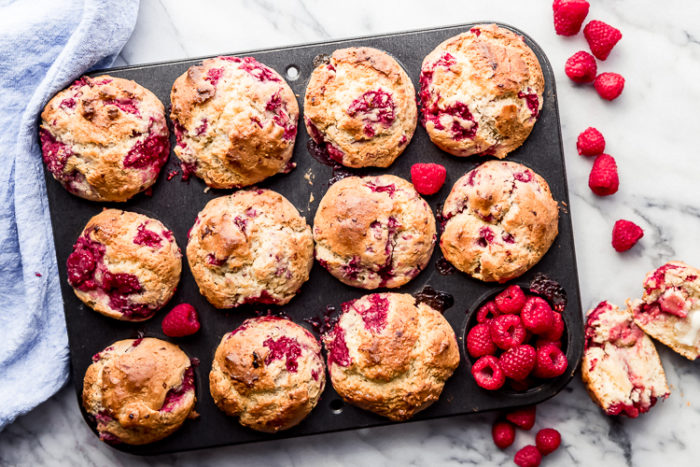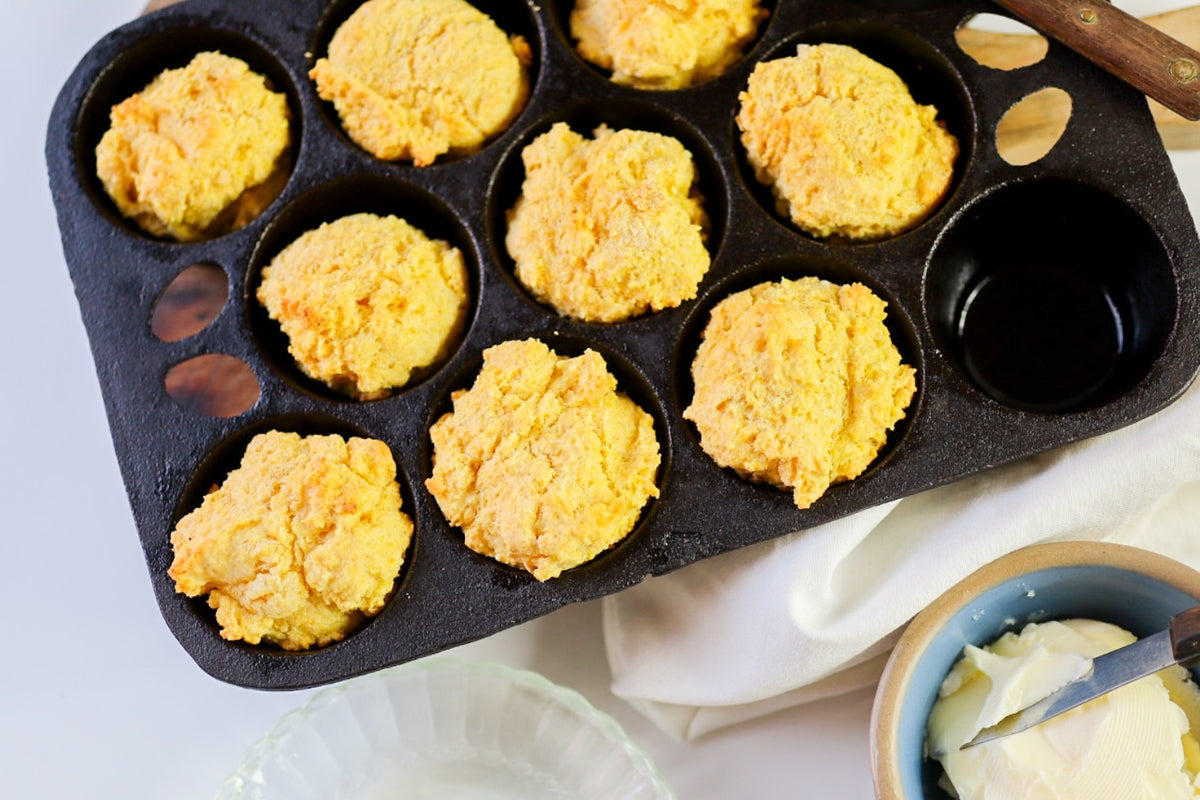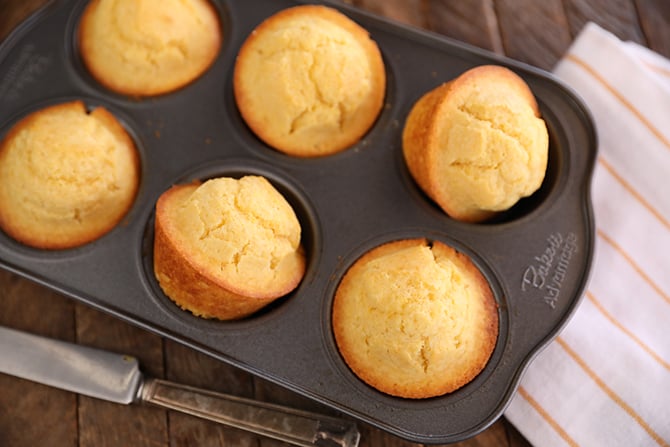When it comes to baking, especially in professional kitchens, the choice of tools and materials can significantly impact the quality of the end product. Among the most debated topics is the choice between a cast iron muffin pan and a silicone muffin pan. Each has its own merits and drawbacks, and understanding these can help kitchen professionals make the best choice for their specific needs.
The cast iron muffin pan vs silicone debate is not just about preference; it's about understanding the properties and how they affect baking outcomes. In this article, we will explore the advantages and disadvantages of both options, helping you choose the best pan for your baking endeavors.

Why Choose Cast Iron?
Cast iron has been a staple in kitchens for centuries, known for its durability and ability to retain heat. This makes a cast iron muffin pan an excellent choice for baking muffins that require a consistent and even bake. The superior heat retention of cast iron ensures that your muffins cook evenly, creating a perfectly browned crust. For more on why cast iron might be a better choice for baking muffins, check out Is Cast Iron Better for Baking Muffins.
Durability and Longevity
One of the key advantages of cast iron is its durability. These pans can last decades if properly cared for, making them a cost-effective investment for any kitchen professional. Cast iron pans are virtually indestructible, able to withstand high temperatures and heavy usage without warping or degrading.
Flavor Enhancement
Another benefit that cast iron brings to the table is its ability to enhance flavor. As you use a cast iron pan, it develops a natural non-stick surface that can improve the flavor of your baked goods over time. This seasoning process adds a unique depth to your muffins that is hard to replicate with other materials.
The Benefits of Silicone
On the other side of the cast iron muffin pan vs silicone debate is silicone, a modern innovation in bakeware. Silicone muffin pans are flexible and non-stick, which can make them easier to use and clean. They are also lightweight, making them easy to handle even when filled with batter.
Flexibility and Ease of Use
Silicone pans are known for their flexibility, allowing you to easily pop out muffins without the need for additional greasing. This can be particularly beneficial in a fast-paced kitchen environment where efficiency is key. Additionally, their non-stick nature means that they require less cleanup, a major plus for busy professionals.
Heat Resistance and Safety
Silicone bakeware is highly heat resistant, capable of withstanding temperatures up to 500F, depending on the brand. This makes them suitable for a variety of baking applications. They are also safe for use in the microwave and freezer, offering versatility that cast iron lacks.
Considerations for Kitchen Professionals
When deciding between cast iron and silicone, kitchen professionals must consider several factors, including the type of muffins being baked, the desired texture, and the working environment. For instance, if you're aiming for muffins with a crispy exterior, a cast iron muffin pan might be the better choice. For those prioritizing ease of use and cleanup, silicone muffin pans could be more suitable. For more insights on different bakeware materials, you might find Cast Iron Muffin Pan vs Ceramic helpful.
Cost and Investment
Cost is another crucial factor. While cast iron pans require a higher initial investment, their longevity often offsets this cost over time. Silicone pans, although generally cheaper upfront, may need to be replaced more frequently, especially if they're used frequently in a professional kitchen.
Health and Safety
From a health perspective, both materials are safe for baking, though it's important to ensure that silicone bakeware is food-grade. Some kitchen professionals prefer cast iron due to its natural non-stick properties, which reduce the need for chemical-based non-stick sprays.
Making the Right Choice
Ultimately, the choice between a cast iron muffin pan vs silicone depends on individual needs and preferences. Both materials have their place in the kitchen, and many professionals find that having both types of pans on hand allows for greater flexibility and creativity in baking.
For those looking to expand their baking repertoire, consider exploring how different bakeware influences the texture and flavor of your muffins. You can find a variety of innovative muffin recipes that utilize different types of bakeware on AllRecipes.
Conclusion
In conclusion, the debate between cast iron muffin pan vs silicone is not about finding a definitive winner but rather understanding the strengths each material brings to the table. Whether you prioritize durability and flavor or flexibility and ease of use, both options can enhance your baking experience.
For more tips on baking and choosing the right equipment, be sure to explore Vegan Sizzling Platter Recipes and Cast Iron Muffin Pan vs Stainless Steel on our blog.

FAQ
Are cast iron muffin pans difficult to maintain?
Cast iron pans require regular seasoning to maintain their non-stick surface, but they are not overly difficult to maintain with proper care.
Can silicone muffin pans withstand high temperatures?
Yes, most silicone muffin pans can withstand temperatures up to 500F, making them suitable for a wide range of baking applications.
Which type of muffin pan is more cost-effective?
While cast iron has a higher initial cost, its durability often makes it more cost-effective in the long run. Silicone pans are cheaper upfront but may need to be replaced more frequently.
This article contains affiliate links. We may earn a commission at no extra cost to you.





Leave a comment
This site is protected by hCaptcha and the hCaptcha Privacy Policy and Terms of Service apply.